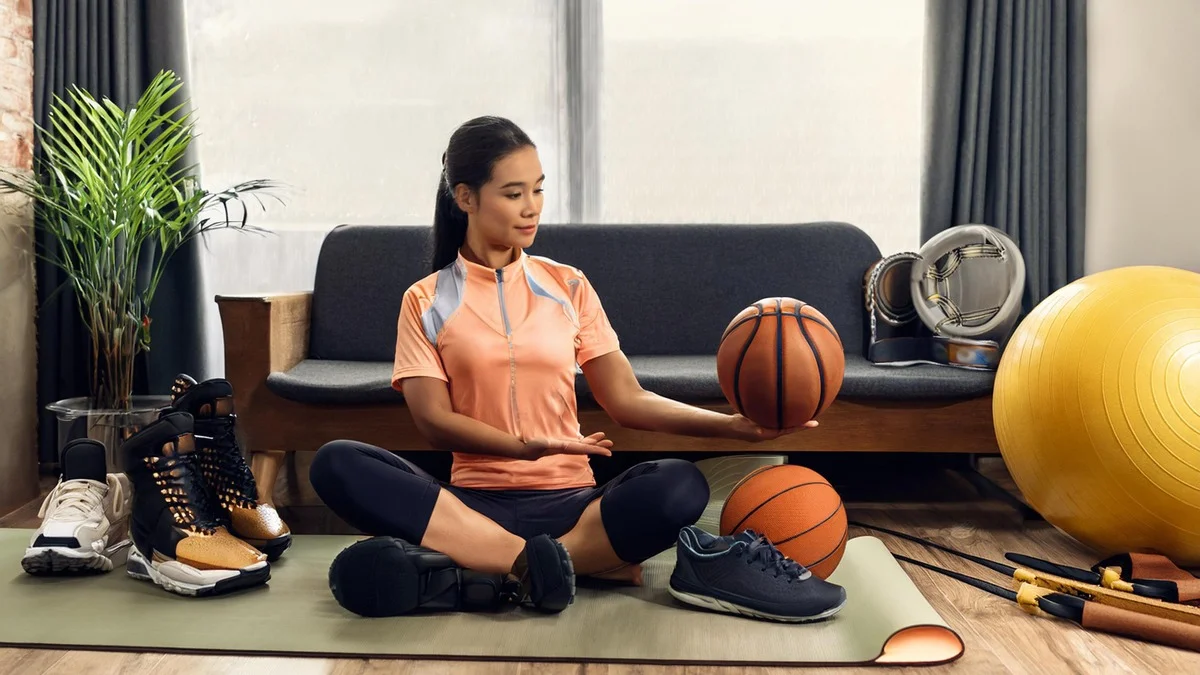Finding the right sports equipment isn’t just about buying stuff. It’s about performance, safety, and confidence. Whether you’re gearing up for your first game or you’re a seasoned athlete, having the right tools can make all the difference. Let’s dive into everything you need to know before making a purchase.
Why It Matters
The right equipment? It can mean the difference between winning and losing. Or even between safety and injury. The purchase of sports equipment is a capital expenditure—not just a random splurge. It’s an investment in your game.
1. Know Your Sport
Every sport demands its own specific tools. For example:
- Tennis: Rackets, balls, and sturdy shoes.
- Soccer: Cleats, shin guards, and a ball.
- Basketball: A hoop, basketball, and non-slip shoes.
Not sure where to start? Check out a sports equipment list online or ask someone in the know.

2. What’s Your Goal?
Ask yourself: Why am I playing?
For fun? Go for basic gear.
To stay safe? Invest in top-quality protective gear.
For peak performance? Look for advanced features.
Example: If you’re running for fitness, choose shoes with great cushioning to avoid injuries.
3. Understand Your Skill Level
Beginners and experts need different equipment. Here’s why:
- For beginners: Start simple. Affordable, easy-to-use gear helps you learn without breaking the bank.
- For advanced players: High-end equipment offers better performance and durability. It’s worth the splurge.
Think of it like learning to drive. You wouldn’t start with a sports car, right?
4. Fit and Comfort First
Ever worn shoes that pinch? Imagine that during a game.
- Shoes: Make sure they fit snugly but leave room for movement.
- Helmets: Shouldn’t wobble but also shouldn’t squeeze.
- Adjustable gear: Perfect if you’re still growing or want something versatile.
The goal? Comfort and safety every time you play.
5. Do Your Homework
Shopping for equipment isn’t just about grabbing what’s popular.
- Read reviews: What do other players say?
- Compare brands: Some are known for durability, others for performance.
- Ask around: Teammates and coaches often have solid advice.
Pro tip: Trusted brands may cost more but last longer.
6. Stick to Your Budget
Buying sports equipment is an investment, but you don’t need to blow your savings.
- Set a price range: Decide what’s reasonable before shopping.
- Spend smartly: Prioritize essentials like safety gear.
- Consider used sports equipment: Sometimes, lightly used gear is as good as new.
Example: Buying a used tennis racket could save you money while still giving great performance.
7. Features Matter
The devil’s in the details. Or in this case, the specs.
- Rackets: Lightweight for better control.
- Running shoes: Extra cushioning for longer distances.
- Cleats: Improved grip for wet or muddy fields.
The best part? Advanced features often help you play better, not harder.

8. Try Before You Buy
The good news? Most stores let you test equipment before you commit.
Feel it out: Does it feel right?
Move around: Check comfort and functionality.
For example, a basketball that’s too big or too small won’t just be annoying—it’ll hurt your game.
9. Warranties and Returns
Equipment isn’t cheap, so protect your purchase.
Warranties: Cover defects and repairs.
Return policies: Make sure you can exchange gear if it doesn’t work out.
Think of it like insurance for your investment.

10. Maintenance Matters
Good gear lasts longer when cared for properly.
- Clean regularly: Wipe down shoes and equipment after use.
- Store correctly: Keep items in a dry, cool place.
- Upgrade when needed: Gear wears out. Plan to replace it as your skills improve.
Example: Sharpening your skates or oiling your bike can keep them performing like new.
Also Read: List Of Countries And Their National Games: A Fascinating Cultural Journey
11. Ask the Pros
Feeling stuck?
- Coaches and trainers: They’ve been there, done that. Their advice can save you time and money.
- Store staff: Many stores offer fittings to ensure your gear fits perfectly.
The bonus? Expert advice tailored to your specific needs.
12. Stay Updated
Sports equipment is always evolving.
- New technology: From lighter rackets to smart shoes, innovations can give you an edge.
- Growing needs: As you improve, your gear should too.
Think of it like upgrading your phone. New features can make all the difference.
Popular Sports Equipment Names
Not sure what’s out there? Here’s a quick sports equipment list:
- Basketballs, tennis rackets, and cleats.
- Helmets, gloves, and protective pads.
- Dumbbells, resistance bands, and yoga mats.
Still confused? Search for sports equipment names online to get inspired.
Final Thoughts
Choosing the right sports equipment doesn’t have to be overwhelming. With a little research and planning, you’ll find gear that fits your budget, meets your needs, and helps you crush your goals.
The best part? You’ll feel confident and ready every time you hit the field, court, or track.
Need help? Reach out, and we’ll guide you toward your perfect match. Let’s make your sports journey unforgettable.























